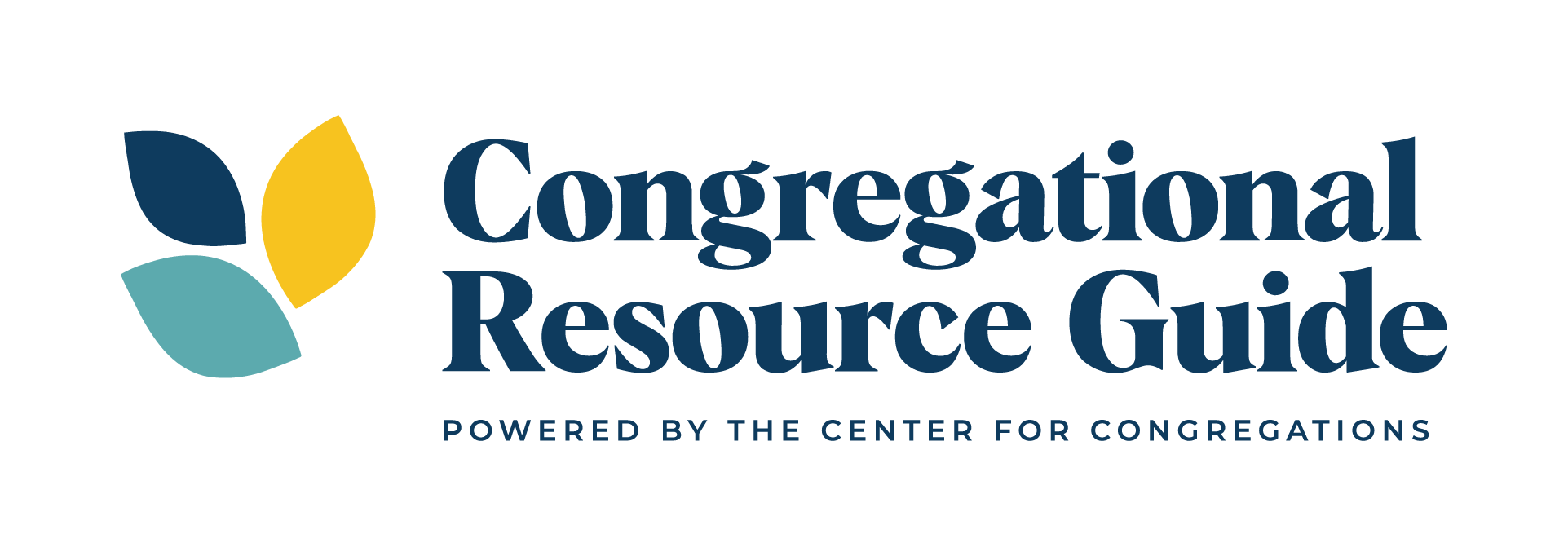For many, the condition of United States congregations and denominations is worse than reported by sociologists. In sundry settings, the decline is now irreversible. See Jim Collins’ research about the irreversible decline of other once strong institutions, How the Mighty Fall.
Unreported pain
It is upsetting to be the one who has to tell a congregation that a full time clergy leader is no longer affordable. It is upsetting to be a denominational representative reporting that the judicatory camp is closing. It is one thing to read a statistic. It is another to be the statistic. The social science research does not capture that pain. “My congregation is going to close. This feels so sad.”
Addressing the grief
There is anticipatory grief related to the decline. The grief is experienced by members, clergy, judicatory representatives and others who serve congregations. There is also loss that has occurred because of the natural desire to delay the deep pain that goes with closing a congregation. That is, the closing of the congregation has been hindered partially to fend off the understandable pain of actual loss. Perhaps this is inevitable. There may be no other way than the long way. There is much actual loss that has occurred that has not been lamented by members, clergy, judicatory representatives and others who serve congregations. We are not good at holding loss when it involves congregations. How could we be?
When decline is inevitable, let’s attend respectfully to grief so that the pain is not needlessly prolonged.
Vibrant congregations
If there is any truth that the condition of congregations and denominations is worse than reported, it is also true that, in many settings, there is inspiring vitality.
For every sociological data point about congregational decline, there are exceptions to the rule. This is an observable reality. For example, walk through the front door of the new congregation hosting 200 worshipers the average age of 22. Another exception is the rural congregation in the middle of nowhere (well, almost nowhere) experiencing a 30% increase in attendance over three years.
These vibrant experiences are not commonly captured in social science surveys. Many thriving congregations are new. They aren’t included in the researchers’ databases. Also, their stories do not fit a normative pattern of problem and then solution. The stories are personal. The stories are idiosyncratic. They are signs of God’s free Spirit. They are about new creations. They are signs of leadership courage and maturity. Such exceptions often are dependent on a leader’s particular charisma and thus not replicable.
Sharing the stories
The story of such exceptions should be shared more widely. I visited a brand new urban congregation last year which welcomed 40 people in worship. This year, the average attendance at that congregation is 140. Besides worship, their primary activity is befriending the homeless. Everything they plan, everything they do, involves the question, “How can we include our homeless friends?”
There is plenty of bad news about the decline of congregational life in the United States. But there are even more stories we haven’t yet heard about congregations that are flourishing.
For additional information, check out these resources: Facing Decline, Finding Hope; the National Congregations Study; Finishing With Grace; Faith and Leadership.


